Green technology is like a superhero for the environment! It uses awesome science to help us make energy, build things, and live our lives in a way that’s better for the planet. From solar panels that turn sunlight into electricity to buildings that save energy, green technology is changing the world. Let’s explore 15 amazing facts about it!
15 Facts About Green Technology
- Solar power is now cheaper than using dirty fuels in many places.
- Electric cars are becoming more affordable and can go farther on a single charge.
- Smart grids are like super-smart energy highways, making sure we don’t waste electricity.
- Green buildings are designed to use less energy and water, making them friendlier to the planet.
- Vertical farms let us grow food in cities, even where there’s not much space.
- Bioplastics are made from plants instead of oil, so they’re better for the Earth.
- Carbon capture technology can suck pollution right out of the air!
- Hydrogen fuel cells create clean energy for cars and other things.
- Artificial Intelligence (AI) is helping homes and businesses save a ton of energy.
- Recycling and upcycling let us turn old stuff into something new and useful.
- Water purification inventions are bringing clean water to people who desperately need it.
- Sustainable forestry means cutting down trees responsibly and planting new ones.
- Green finance helps businesses that are good for the Earth get money to grow.
- Eco-tourism lets you travel, help local communities, and protect nature all at the same time.
- People are demanding more eco-friendly products, making companies create greener things.
1. Sunshine Power on Demand: Solar Energy
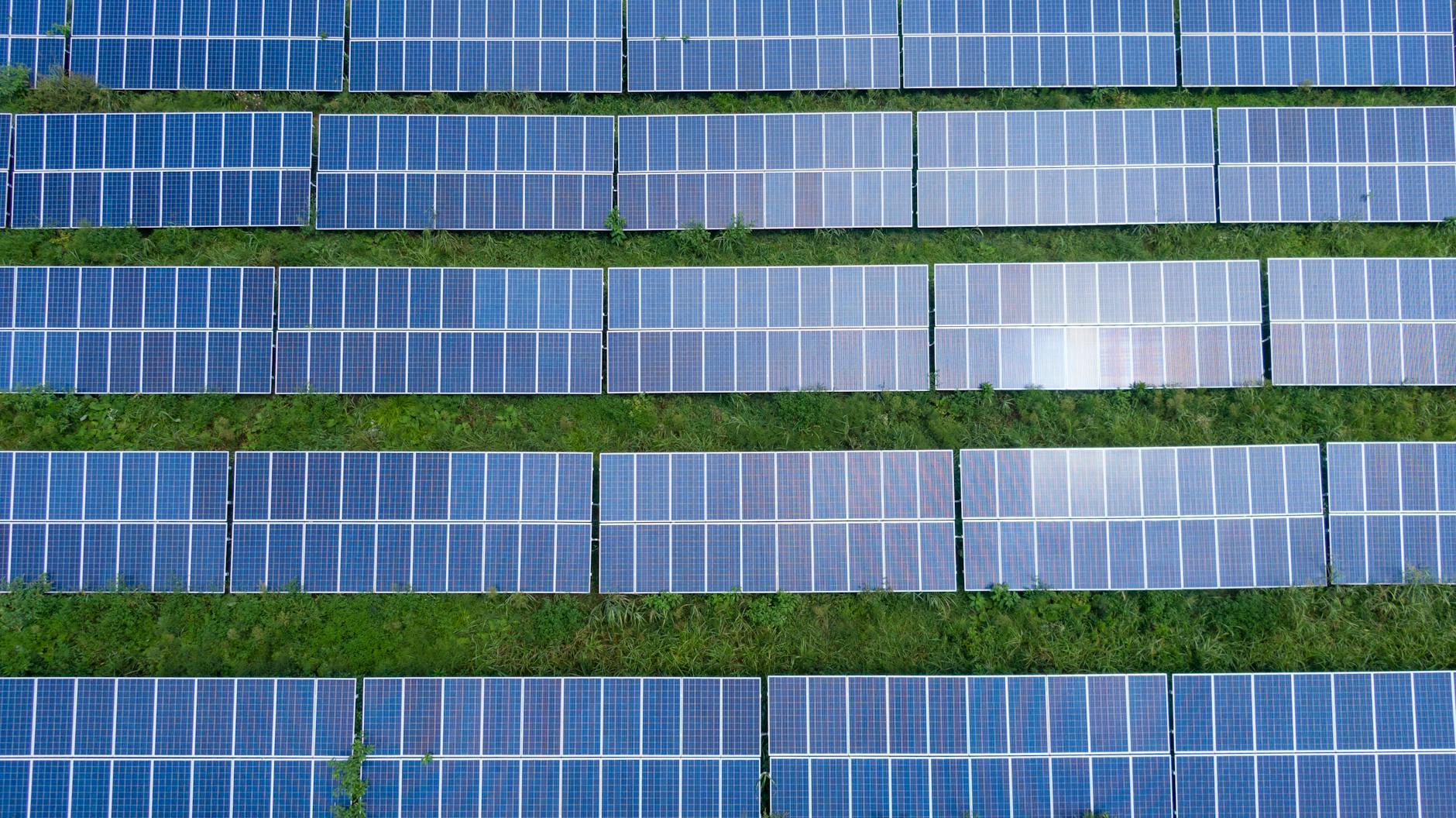
Solar energy has become a game-changer in green technology. Those sleek solar panels you see on rooftops aren’t just a fad; they’re tiny power plants that capture sunlight and convert it into clean electricity. The best part? The cost of solar panels has plummeted in recent years, making them a cost-effective option for homes and businesses alike. In many parts of the world, solar power is now cheaper than electricity generated from traditional fossil fuels like coal or natural gas. This shift towards solar energy is a win-win for both your wallet and the environment!
2. Electric Vehicles: The Future of Transportation

Remember those noisy, gas-guzzling cars of the past? Electric vehicles (EVs) are rapidly changing the transportation landscape. These eco-friendly machines run on electricity stored in batteries, producing zero tailpipe emissions. EV technology is constantly improving, with batteries offering greater range and shorter charging times. Plus, imagine never having to visit a gas station again! With government incentives and a growing selection of stylish and affordable EVs hitting the market, the future of transportation is looking electric (and emission-free!).
3. Smart Grids: The Brains Behind Green Energy
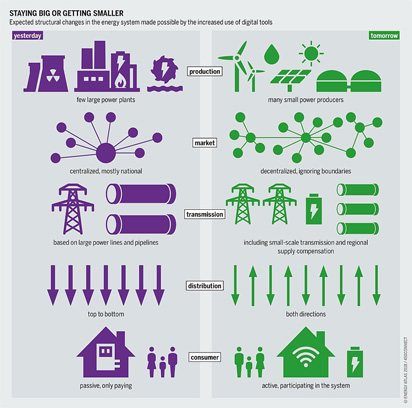
Think of a smart grid as the intelligent backbone of a green energy system. These sophisticated networks use advanced technology to manage the flow of electricity. They can integrate renewable energy sources like solar and wind power into the grid seamlessly, optimize energy distribution, and even predict peak usage periods. Smart grids also help reduce energy waste, ensuring a more reliable and sustainable power supply for everyone.
Read More: Pollution Dangers: 15 Alarming Facts You Need to Know
4. Green Buildings: Eco-Conscious Construction

Green buildings are more than just places to work or live; they’re champions of environmental responsibility. These innovative structures are designed and constructed with sustainability in mind. They incorporate features like energy-efficient windows, improved insulation, and smart lighting systems to minimize energy consumption. Green buildings often utilize water-saving fixtures and appliances, and some even boast rooftop gardens that not only look beautiful but also help regulate building temperature and improve air quality. By prioritizing energy and resource conservation, green buildings are paving the way for a more sustainable future for our built environment.
5. Vertical Farms: Cultivating Crops in the City
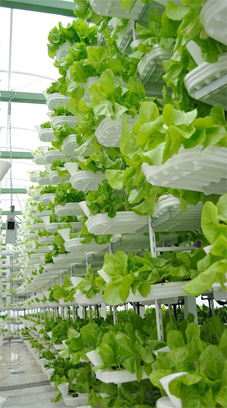
As our population grows, so does the demand for food. But what if we could grow fresh produce right in the heart of bustling cities? Vertical farming is a revolutionary concept that allows for food production in urban areas with limited space. These indoor farms utilize stacked layers of growing systems, maximizing vertical space and employing techniques like hydroponics (growing plants without soil) to cultivate a variety of crops year-round. Vertical farming offers a sustainable solution for food production, reducing reliance on traditional agriculture and transportation costs.
6. Bio plastics: Break Free from Petroleum

Imagine a plastic water bottle that doesn’t stick around in a landfill for centuries! Bioplastics offer a sustainable alternative to traditional petroleum-based plastics. Derived from renewable resources like corn, sugarcane, or even algae, bioplastics have the potential to significantly reduce our reliance on fossil fuels. What makes them special is their ability to biodegrade – they can be broken down naturally by microorganisms, leaving a much smaller environmental footprint. With ongoing research and development, bioplastics could transform the way we use and dispose of packaging materials and everyday products.
Read More: 15 Biggest Environmental Threats: Protect Our Planet Now
7. Carbon Capture: Cleaning Up Pollution
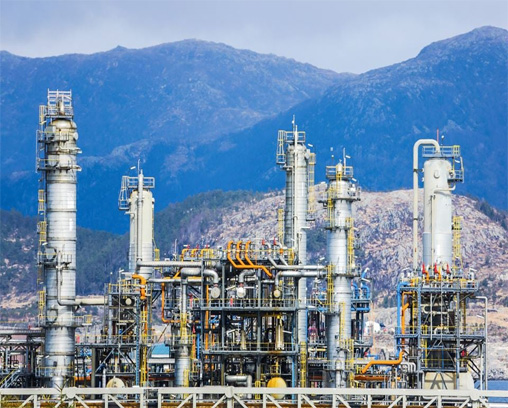
We all know that too much carbon dioxide in the atmosphere is a major contributor to climate change. Carbon capture and storage (CCS) technology offers a solution by tackling these emissions at their source. Think of it like a giant vacuum cleaner for greenhouse gases! Power plants or industrial facilities equipped with CCS can trap carbon dioxide before it’s released into the atmosphere. This captured CO2 can then be stored safely underground or even repurposed for other uses. While still developing, CCS holds the potential to make a big difference in curbing our carbon footprint.
8. Hydrogen Fuel Cells: Power with a Clean Conscience
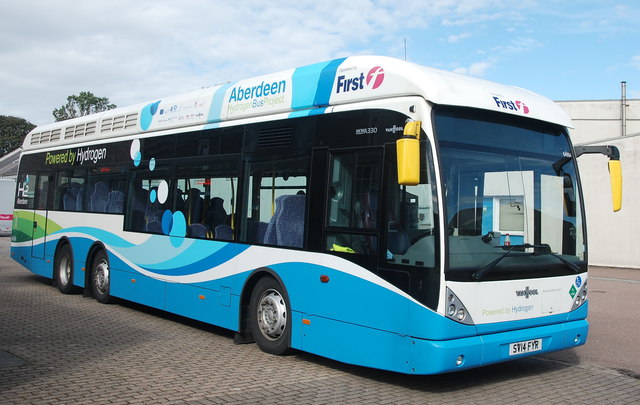
Imagine fueling your car with a substance so pure that the only emission is water! Hydrogen fuel cells offer a promising clean energy alternative for transportation and various industries. These cells generate electricity through a chemical reaction between hydrogen and oxygen. The result? Power without the harmful pollution associated with traditional fuels. Although hydrogen technology still faces challenges such as efficient production and storage, it holds the potential to transform how we power our vehicles and factories, helping create a cleaner future.
9. Artificial Intelligence (AI): The Energy Efficiency Guru

Who knew that artificial intelligence (AI) could help us save energy? AI-powered systems in smart homes and businesses are like energy ninjas! They can intelligently monitor and analyze energy usage patterns, identify potential areas for savings, and optimize heating, cooling, and lighting systems accordingly. Imagine your home automatically adjusting its temperature based on the weather forecast or turning off lights when no one’s in the room. AI is transforming energy management, making our buildings smarter and more efficient.
Read More: Discover 15 Amazing Facts About the Amazon Rainforest
10. Recycling and Upcycling: Giving Materials a New Life

Ever wonder what happens to that plastic bottle after you toss it in the recycling bin? Recycling and upcycling are crucial ways to conserve resources and minimize our impact on the planet. Recycling transforms used materials into new products, reducing the need to extract virgin resources. Upcycling takes things a step further, creatively turning discarded items into something entirely new and valuable. That worn-out tire can become a stylish planter, and those old newspapers could transform into beautiful paper beads for jewelry. By embracing recycling and upcycling, we create a circular economy where materials are reused and repurposed, diverting waste from landfills and giving them a new life!
11. Water Purification: The Gift of Clean Water

Access to clean water is a fundamental human right, yet tragically many people around the world still lack this essential resource. Water purification technologies play a vital role in addressing this global challenge. From simple filtration systems to advanced reverse osmosis processes, these innovations can remove harmful impurities, bacteria, and pollutants from water sources. Portable water purifiers provide a lifeline for communities in areas affected by natural disasters or where clean water infrastructure is limited. Water purification technologies offer the hope of a healthier and more sustainable future where everyone has access to safe drinking water.
12. Sustainable Forestry: Preserving a Vital Resource

Our forests are precious ecosystems that provide clean air, habitat for wildlife, and essential natural resources. Sustainable forestry practices strike a balance between responsible harvesting of trees and ensuring the health and longevity of forests for future generations. These practices involve selective tree cutting, reforestation efforts, and the protection of old-growth forests rich in biodiversity. By choosing products with certifications from organizations like the Forest Stewardship Council (FSC), you can support sustainable forestry and help keep these vital ecosystems thriving.
13. Green Finance: Investing in a Sustainable Future

Money talks, and green finance is channeling investments to make a positive impact on the planet. Green finance is all about supporting businesses and projects that prioritize environmentally responsible practices. It can involve investing in renewable energy companies, sustainable infrastructure projects, or businesses that produce eco-friendly products. As investors become increasingly aware of the environmental impact of their choices, green finance plays a crucial role in steering the flow of capital towards a more sustainable future.
Read More: 15 Heartbreaking Facts About the World’s Most Endangered Species
14. Eco-tourism: Travel with a Purpose

Have you ever wanted to travel the world while also making a positive impact on the places you visit? Eco-tourism offers a way to experience the beauty of nature and different cultures while supporting conservation efforts and benefiting local communities. Eco-tour operators prioritize environmentally responsible practices, minimizing their footprint on the environment and promoting cultural sensitivity. By choosing eco-tourism, you can travel with a clear conscience and directly contribute to the well-being of the places you explore.
15. Consumer Power: Driving Green Innovation
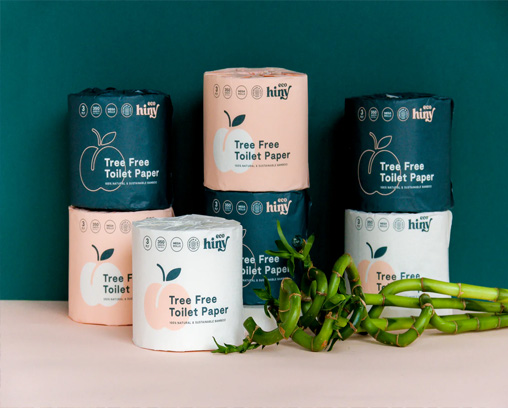
Believe it or not, your everyday shopping choices hold incredible power! As more and more consumers become conscious of the environmental impact of the products they buy, companies are responding by developing greener alternatives. By opting for products that are sustainably produced, use recycled materials, or are energy-efficient, you’re sending a strong signal to businesses. It shows that there’s a demand for eco-conscious goods. Consumer choices can truly drive innovation within the marketplace, leading to a wider range of sustainable options for everyone!
Conclusion:
Green technology is far more than a passing trend. It embodies a fundamental shift in our approach to innovation, development, and our responsibility to the planet. From the way we generate energy to the products we use, green technology offers solutions for a cleaner, healthier, and more sustainable future. By embracing these innovations, supporting sustainable businesses, and making informed choices as consumers, we all have a role to play in shaping that future. The time to act is now, and green technology provides the tools we need to build a better world.
15 FAQs (Frequently Asked Questions):
-
What are the biggest benefits of green technology?
Green technology offers a host of benefits, including:
Reduced pollution: It helps us decrease air and water pollution, creating a healthier environment
Climate change mitigation: It lowers greenhouse gas emissions, combating climate change.
Resource conservation: It promotes efficient use of water, energy, and raw materials
Job creation: The green technology sector boosts the economy
Innovation: It drives research and development in new, sustainable solutions. -
Is green technology expensive?
While some green technologies may have higher upfront costs, many are becoming increasingly cost-competitive with traditional alternatives. The cost of solar panels, for instance, has dropped significantly, and electric vehicles offer long-term savings on fuel and maintenance. Plus, the economic, health, and environmental benefits of green technology often outweigh the initial investment.
-
How can I make a difference as an individual?
There are plenty of ways to contribute to a greener future:
Save energy at home: Turn off lights, switch to energy-efficient appliances, adjust the thermostat
Reduce, reuse, recycle: Minimize waste and give materials a new life where possible
Choose eco-friendly products: Look for products made with recycled materials or designed for sustainability.
Support green businesses: Seek out companies prioritizing environmental responsibility.
Spread the word: Share your passion for green living with friends and family. -
What are some challenges facing green technology?
Green technology faces some challenges, but many are being addressed through innovation:
Cost: Some technologies are still in development and may be more expensive.
Infrastructure: Switching to renewable energy sources requires new infrastructure
Public awareness: Not everyone understands the benefits of green technology. -
What does the future of green technology look like?
The future of green technology is incredibly promising! We can expect further advancements in renewable energy, energy storage, smart grid technology, sustainable transportation, and resource efficiency across various industries. With continued investment and support, green technology has the potential to revolutionize our world and create a more sustainable future for generations to come.
-
What is the difference between green technology and clean technology?
The terms “green technology” and “clean technology” are often used interchangeably. Generally, green technology covers a broader range of environmentally responsible innovations. It can include things like sustainable agriculture or nature conservation efforts. Clean technology usually refers specifically to technologies that improve efficiency and reduce the environmental impact of energy production, transportation, manufacturing, and other industrial processes.
-
How can I be sure a product is truly “green”?
With many companies making green claims, it can be tricky to know which products are genuinely eco-friendly. Here’s what to look for:
Trusted certifications: Look for reputable third-party certifications like Energy Star, Green Seal, or the USDA Organic label.
Transparency: Companies committed to sustainability are usually open about their practices and materials used.
Avoid “greenwashing”: Be wary of vague environmental claims or misleading imagery. -
What are some careers in the green technology sector?
The green technology sector offers a wide variety of exciting and rewarding career paths, including:
Renewable energy engineers: Design and develop solar, wind, and other renewable energy systems.
Environmental scientists: Evaluate environmental impacts and design solutions to mitigate them
Sustainability consultants: Help businesses and organizations implement eco-friendly practices.
Green building architects: Design energy-efficient and sustainable buildings
Electric vehicle technicians: Specialize in the maintenance and repair of EVs -
How can I stay informed about the latest green technology innovations?
Here are a few resources to stay up-to-date:
Websites dedicated to green technology: Check out sites like GreenBiz, Inhabitat, or Treehugger.
Industry publications: Subscribe to magazines or newsletters dedicated to sustainable technology.
Conferences and events: Attend green technology conferences or workshops for the latest developments.
Social media: Follow organizations and thought leaders focused on sustainability -
Are there any government programs or incentives for adopting green technology?
Many countries offer incentives to encourage the adoption of green technology, such as:
Tax credits: Tax breaks for installing solar panels or purchasing electric vehicles.
Rebates: Financial rebates for energy-efficient appliances or green home improvements
Grants and funding: Support for businesses developing green technologies or transitioning to sustainable practices.
Research what programs are available in your local area or country! -
What is the role of government policy in promoting green technology?
Government policies can play a critical role in accelerating the adoption of green technology. Here’s how:
Setting targets: Governments can set ambitious goals for renewable energy use or emission reductions.
Regulations: Implementing environmental regulations can incentivize businesses to adopt cleaner practices.
Investment in Research and Development (R&D): Funding research into new green technologies drives innovation.
Consumer incentives: Subsidies or tax credits for green technology adoption can make them attractive for individuals and businesses. -
What is greenwashing, and how can I avoid it?
Greenwashing is when a company or organization makes misleading or exaggerated claims about their environmental practices to appear more sustainable. Here’s how to spot it:
Vague language: Be wary of terms like “eco-friendly” or “natural” without specific details.
Misleading imagery: Images of nature don’t always equal green practices.
Lack of evidence: Look for concrete data, certifications, or verifiable information to back up claims. -
How does green technology support biodiversity?
Green technology contributes to preserving biodiversity in several ways:
Reducing habitat destruction: Renewable energy sources require less land than traditional fossil fuel extraction, minimizing impacts on ecosystems.
Mitigating pollution: Cleaner energy and manufacturing processes lessen pollutants that harm wildlife and degrade habitats.
Sustainable resource management: Green technology promotes practices like sustainable forestry and water conservation, crucial for biodiversity. -
Are there any potential drawbacks to green technology?
While green technology offers incredible benefits, it’s essential to acknowledge potential drawbacks and challenges that are being addressed:
Resource use in manufacturing: Some green technologies may require specific materials or processes with their own environmental footprint.
Disposal of outdated technology: E-waste from old solar panels or batteries needs to be managed responsibly.
Equity and Accessibility: Ensuring green technology benefits all communities equitably and is accessible across different socioeconomic groups is important. -
Where can I find more resources to learn about green technology?
Here are some excellent resources to continue your green tech journey:
Documentaries and Films: Check out inspiring documentaries like “Kiss the Ground,” “An Inconvenient Truth,” or “2040.”
Books: Expand your knowledge with books like “Drawdown” by Paul Hawken or “Cradle to Cradle” by William McDonough and Michael Braungart.
Online Courses: Platforms like Coursera or edX offer courses on sustainability and green technology.




